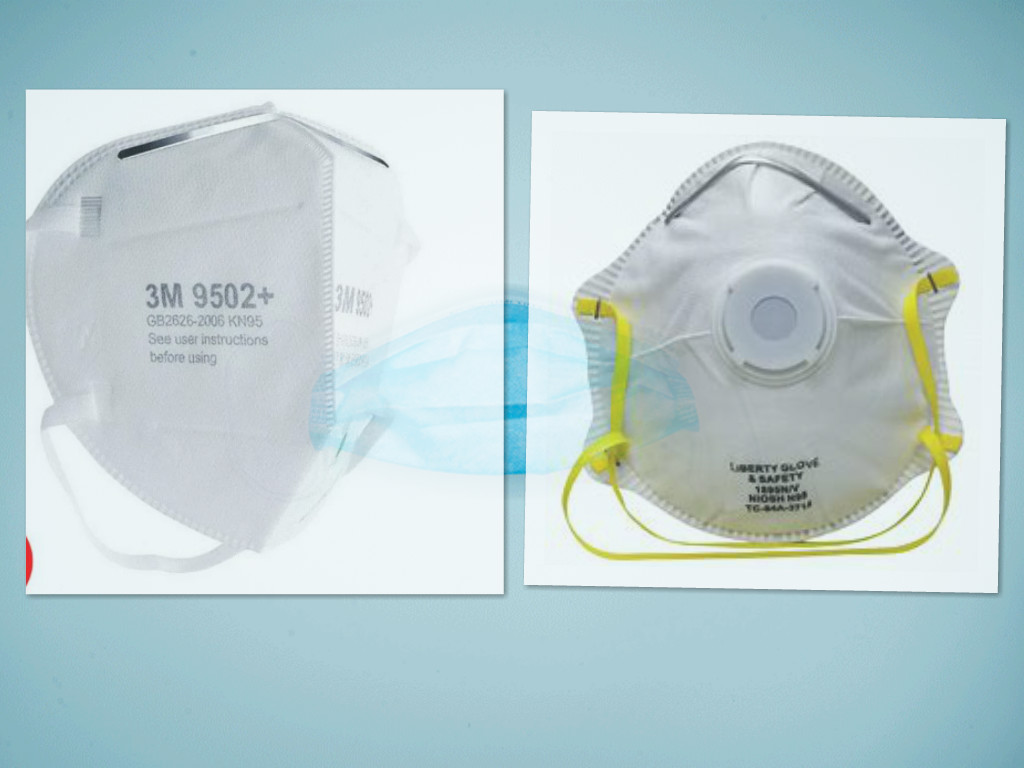
NewsInformation Center
Test Standard Requirement:N95 Mask VS KN95 Masks
2020/06/23
An N95 mask or N95 respirator is a particulate-filtering facepiece respirator that meets the U.S. National Institute for Occupational Safety and Health (NIOSH) N95 classification of air filtration, meaning that it filters at least 95% of airborne particles.
N95 respirators are considered functionally equivalent to certain respirators regulated under non-U.S. jurisdictions, such as FFP2 respirators of the European Union and KN95 respirators of China.N95 respirators were originally designed for industrial use in sectors such as mining, construction, and painting. 
N95 respirators are considered functionally equivalent to certain respirators regulated under non-U.S. jurisdictions, such as FFP2 respirators of the European Union and KN95 respirators of China.N95 respirators were originally designed for industrial use in sectors such as mining, construction, and painting.

N95 masks must meet the standards of NIOSH. They filter out 95% of airborne particles. Exhalation valve leakage requirement is no greater than 30 mL/ min. They don’t test for inward leakage or have a C02 clearance requirement.
KN95 masks must meet Chinese standards, which are similar. They also filter out 95% of particles. KN95 masks are tested for inward leakage. The acceptable rate is 8%. Exhalation valve leakage requirements are measured differently for KN95 masks – depressurization to 0 Pa in less than 20 seconds. They do have a C02 clearance requirement of 1%. The force applied in testing is much higher than for N95 masks (1180 Pa vs. 245 Pa). They’re made of 4 layers.
They are both tested with NaCl as an agent. The flow rate is 85 L/min for both N95 and KN95 masks. Test agents are an aerosol that’s generated during the filter performance test.
The inward leakage is tested by a wearer in a chamber for 3 minutes breathing normally. The specific aerosol that enters the mask is measured. The particulates measured, as mentioned before, are about 0.5 micrometers.
Previous: What Is The Specialty of N95 Masks ?
N e x t : Methods For The Evaluation Of Abraded Fabrics



